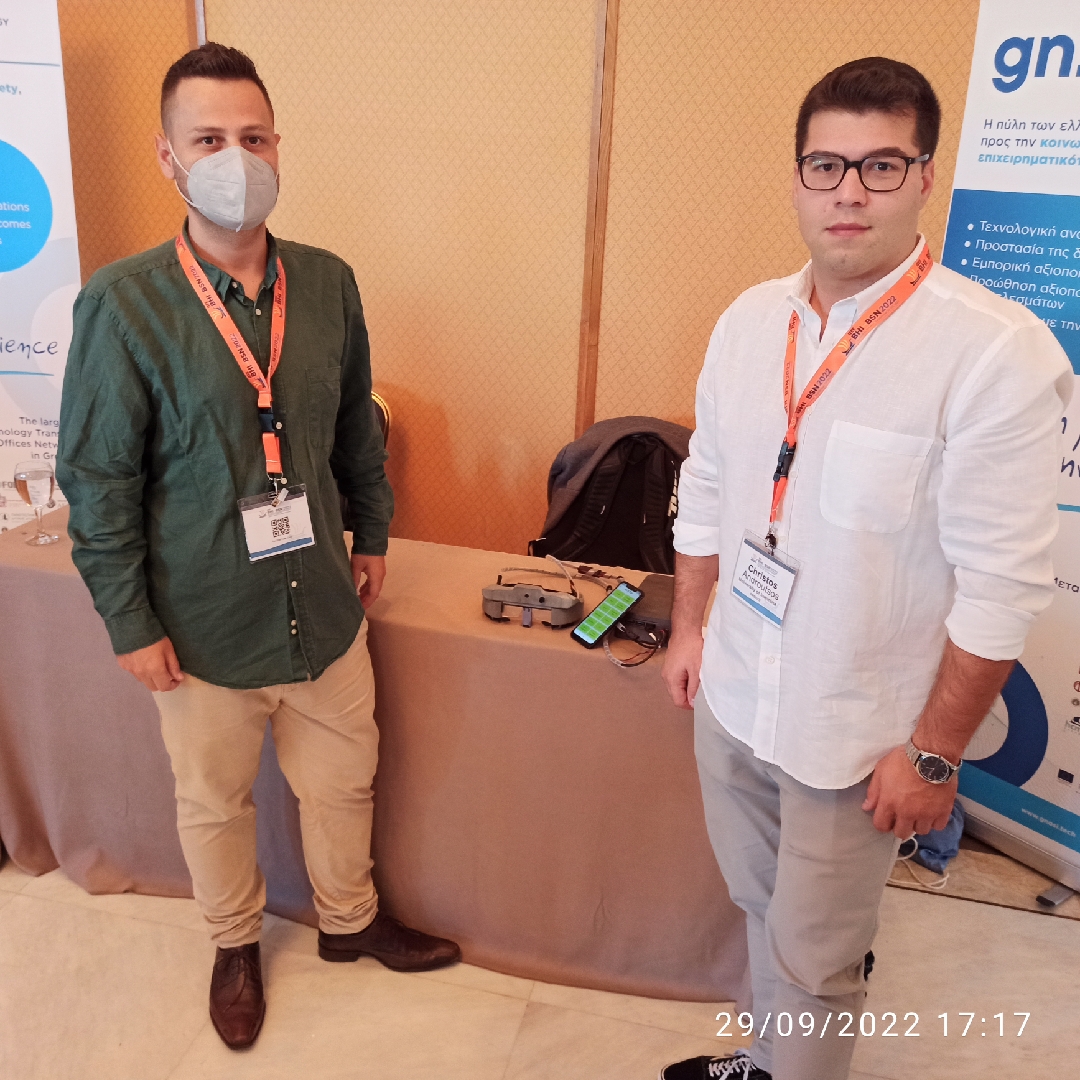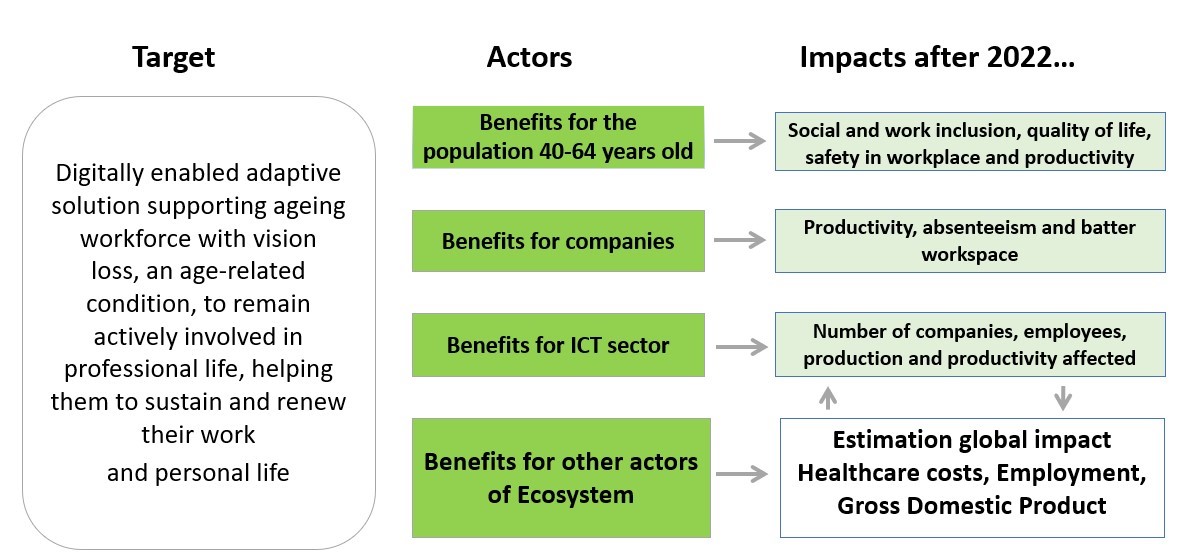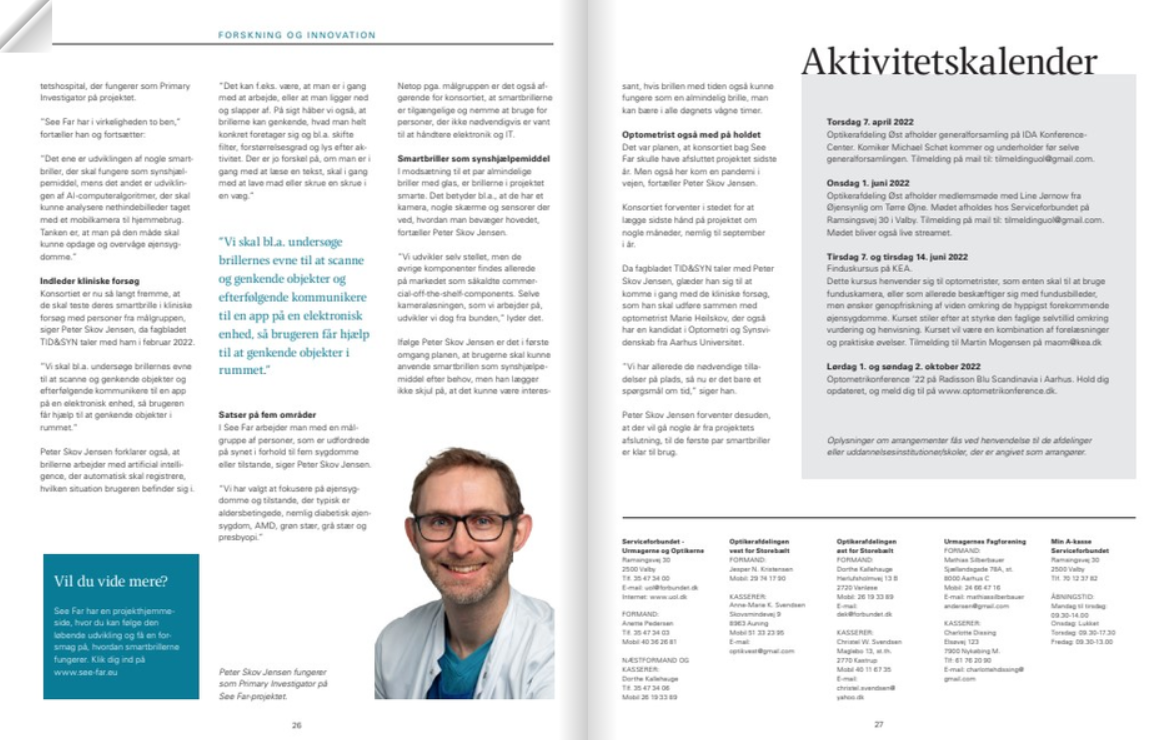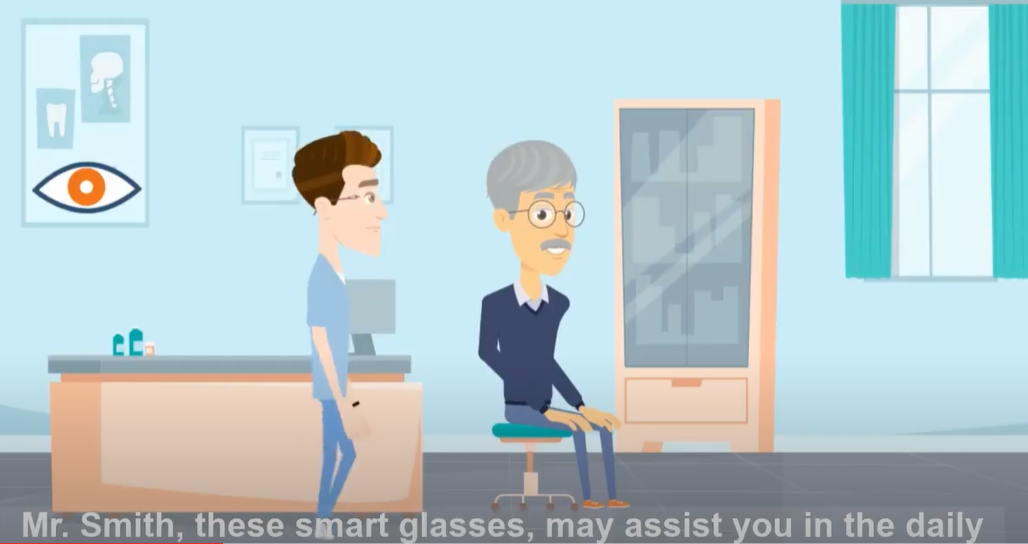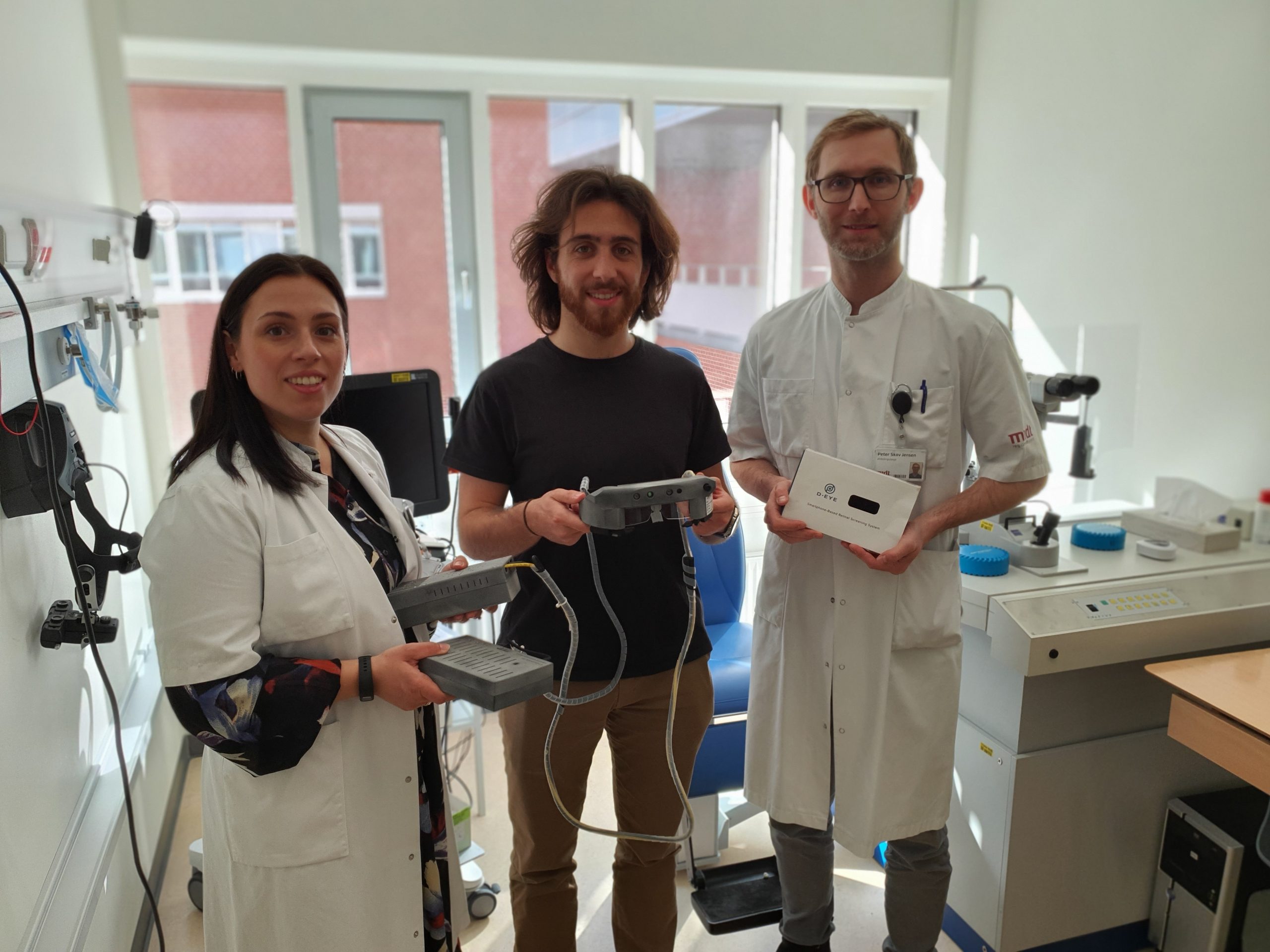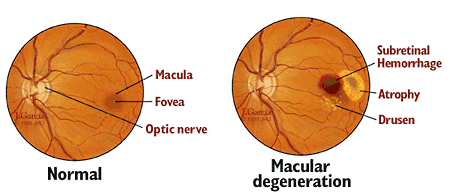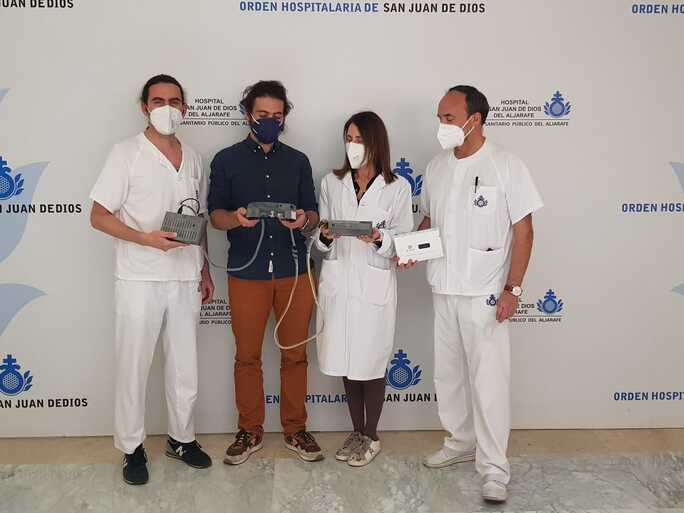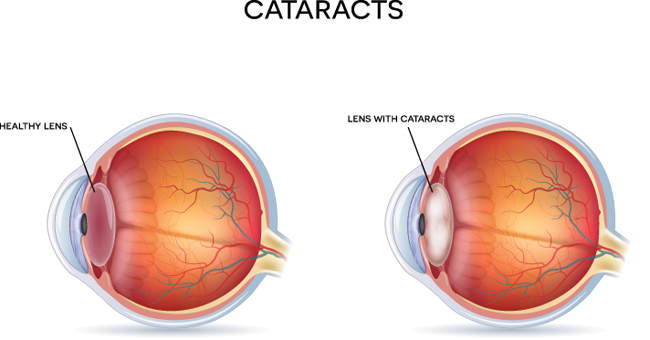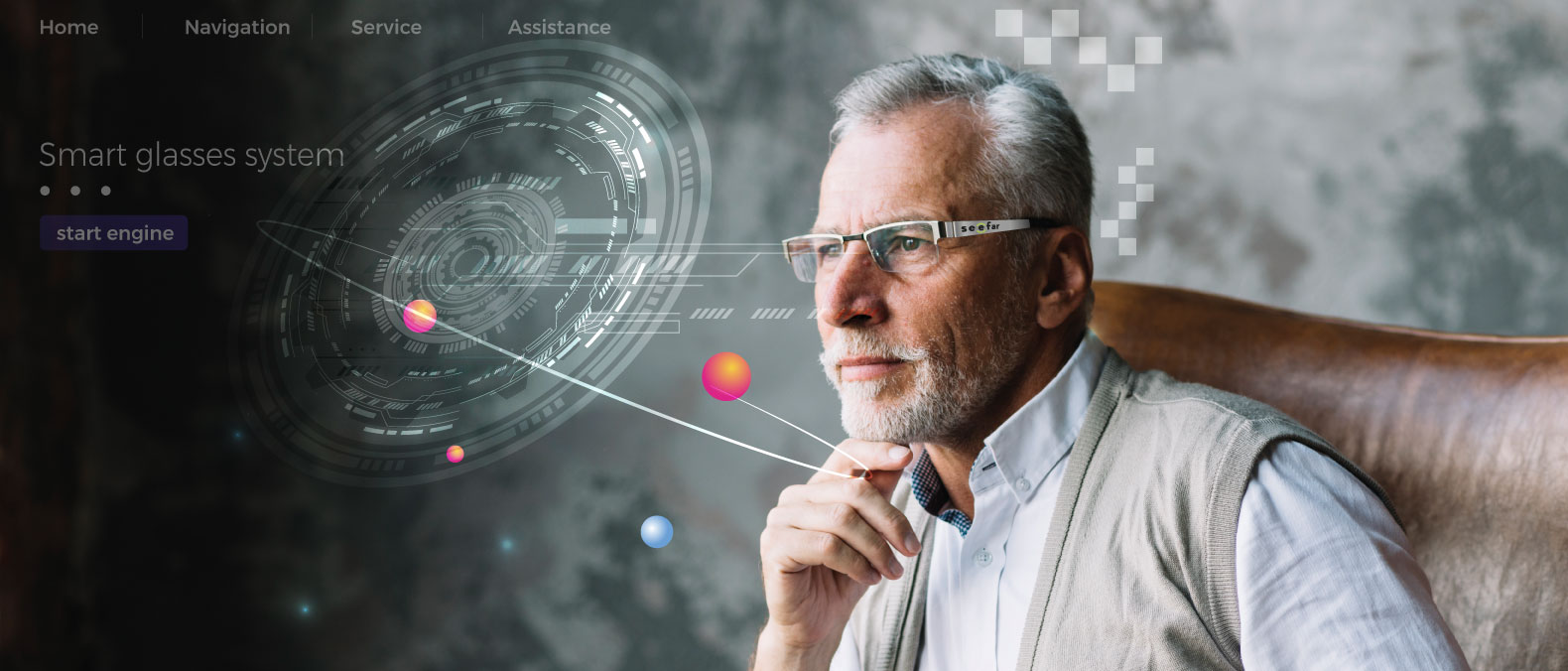“AI Methods for Personalized Suggestions on Smart Glasses Based on Human Activity Recognition” was accepted at the “2022 IEEE-EMBS International Conference on Biomedical and Health Informatics (BHI)” conference under Biomedical Signal Processing and Sensor Informatics section. It was a poster session, and our partner FORTH included the See Far device so that the audience could submit questions, comments, and general input. Once again, the session…
